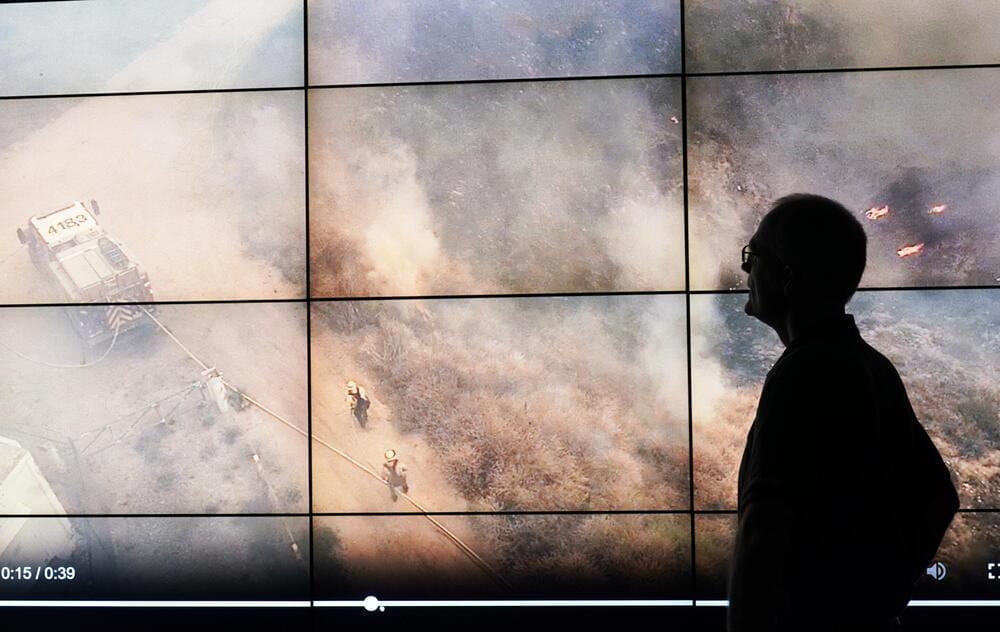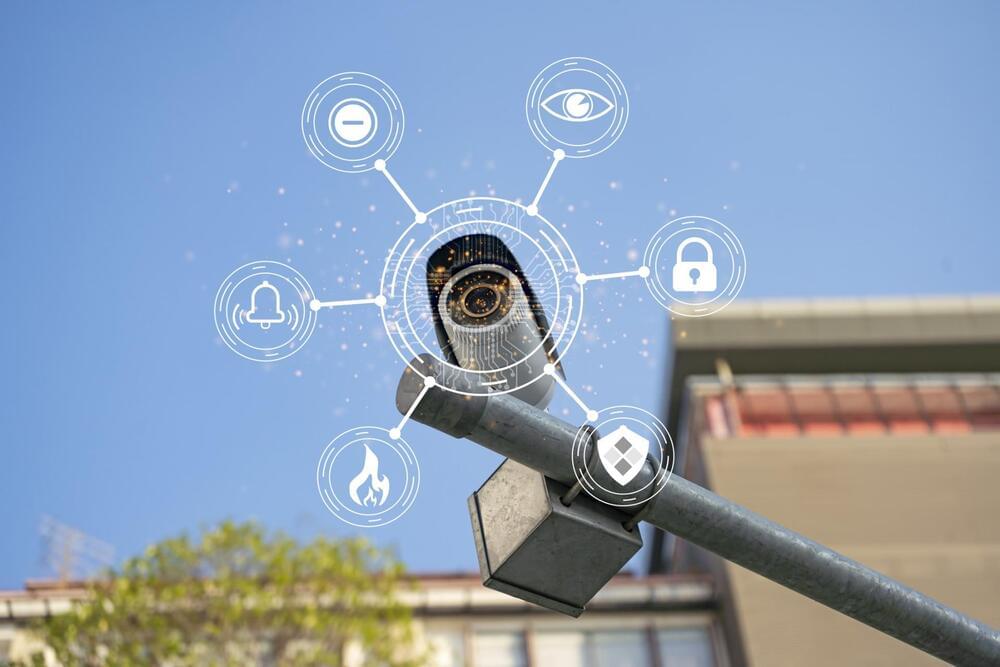We talked to Keith Thomas, the first paralysis patient to receive a movement and feeling-restoring double neural bypass surgery.
Category: robotics/AI – Page 917

Rollout of driverless cabs in select U.S. cities raises safety questions
Ali Rogin:
With the cost of owning a car out of reach for many today ride sharing gives commuters an alternative. And a handful of U.S. cities, self-driving taxis are getting the green light to pick up passengers. Several companies including Waymo Cruise and Motional are touting driverless taxis as the way of the future.
But the rollout of these robo cabs has hit some speed bumps. Not everyone is comfortable with autonomous cars on the road. And major technical questions remain. Aarian Marshall is a staff writer for WIRED, and she covers transportation. Aarian, thank you so much for joining us.

How artificial intelligence could help us talk to animals
Beguš is a linguist at the University of California, Berkeley. He got the chance, last summer, to observe sperm whales in their wild Caribbean habitat off the coast of the island nation of Dominica. With him were marine biologists and roboticists. There were also cryptographers and experts in other fields. All have been working together to listen to sperm whales and figure out what they might be saying.
They call this Project CETI. That’s short for Cetacean Translation Initiative (because sperm whales are a type of cetacean).
AI translates human languages with ease. Researchers are now using this tech to analyze the sounds of whales, rodents and many other animals.

The threat of wildfires is rising. So is new artificial intelligence solutions to fight them
Wildfires fueled by climate change have ravaged communities from Maui to the Mediterranean this summer, killing many people, exhausting firefighters and fueling demand for new solutions. Enter artificial intelligence.
Firefighters and startups are using AI-enabled cameras to scan the horizon for signs of smoke. A German company is building a constellation of satellites to detect fires from space. And Microsoft is using AI models to predict where the next blaze could be sparked.
With wildfires becoming larger and more intense as the world warms, firefighters, utilities and governments are scrambling to get ahead of the flames by tapping into the latest AI technology—which has stirred both fear and excitement for its potential to transform life. While increasingly stretched first responders hope AI offers them a leg up, humans are still needed to check that the tech is accurate.
Unveiling DALL-E 3: AI’s Next-Level Image Generation | AI News
“Welcome to another exciting episode of AI News! Our top story today is the release of ChatGPT’s DALL-E 3, an AI system that is revolutionizing image generation. We’ll also be discussing Google’s BARD and its recent upgrade, as well as the impressive $40M funding received by Legit Security to protect AI applications from cyber threats. Stay tuned for these stories and more in this episode of AI News. Don’t forget to subscribe and hit the bell icon so you never miss an update on the latest developments in Artificial Intelligence!”



HIMSSCast: What the C-suite needs to know about generative AI’s disruptive effects
Generative artificial intelligence – the kind of AI behind the hugely popular ChatGPT application – already is disrupting the healthcare industry. C-suite executives and other health IT leaders at provider organizations need to know much to keep up and what to be wary of.
Venky Anant is a partner at research and consulting firm McKinsey Digital. He is our guest on this week’s podcast. He has vast expertise in AI and knows well its disruptive potential.

Canadian telecom uses AI cameras to fight wildfires
The technology is part of a project by Rogers to detect wildfires early.
A Canadian telecom is installing artificial intelligence (AI) cameras to monitor and prevent wildfires caused by climate change. This is according to a report by City News Everywhere.
“Climate change is a global issue,” said Tony Staffieri, CEO of Rogers, the company behind the new initiative.
Interesting Engineering is a cutting edge, leading community designed for all lovers of engineering, technology and science.